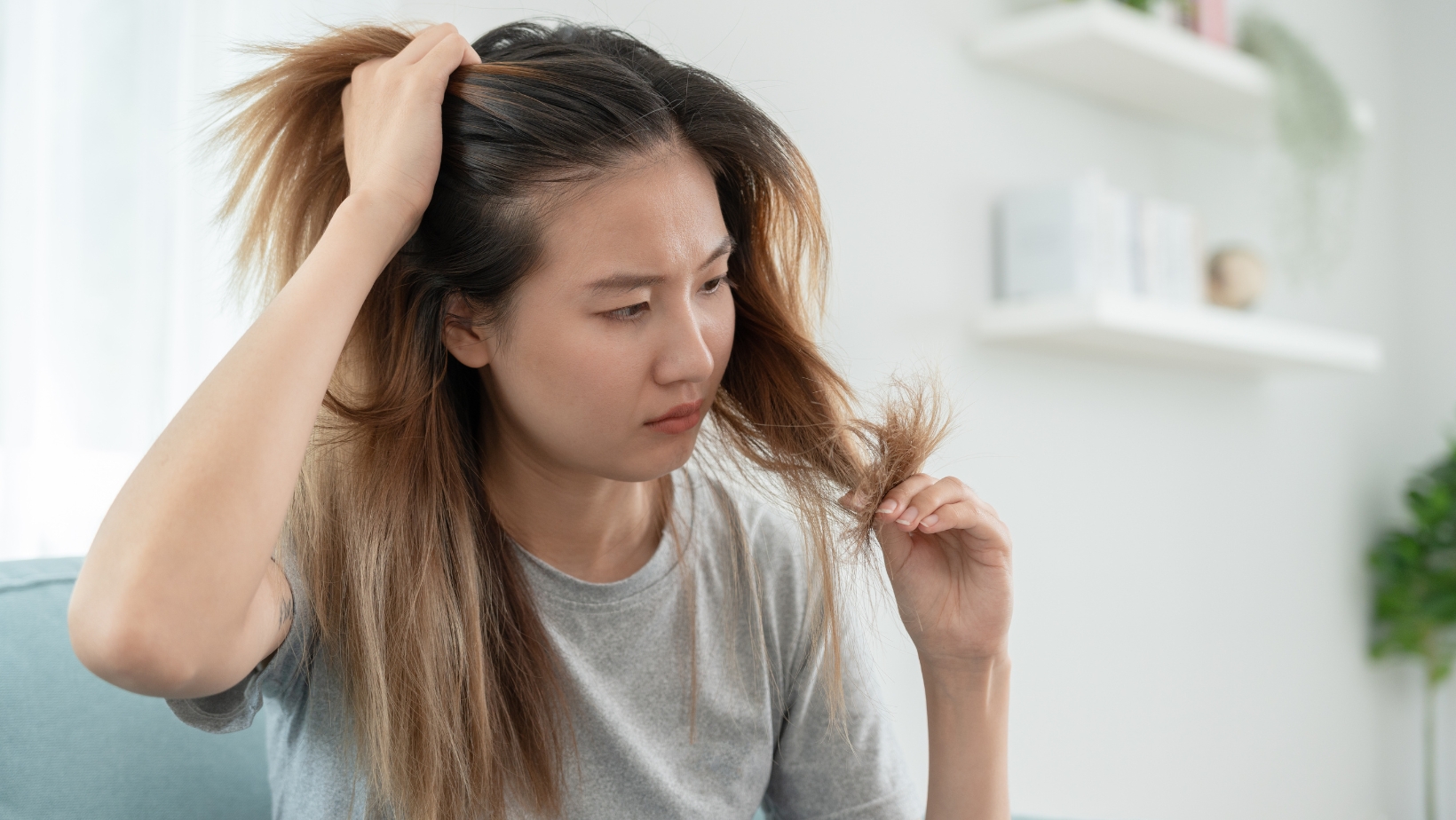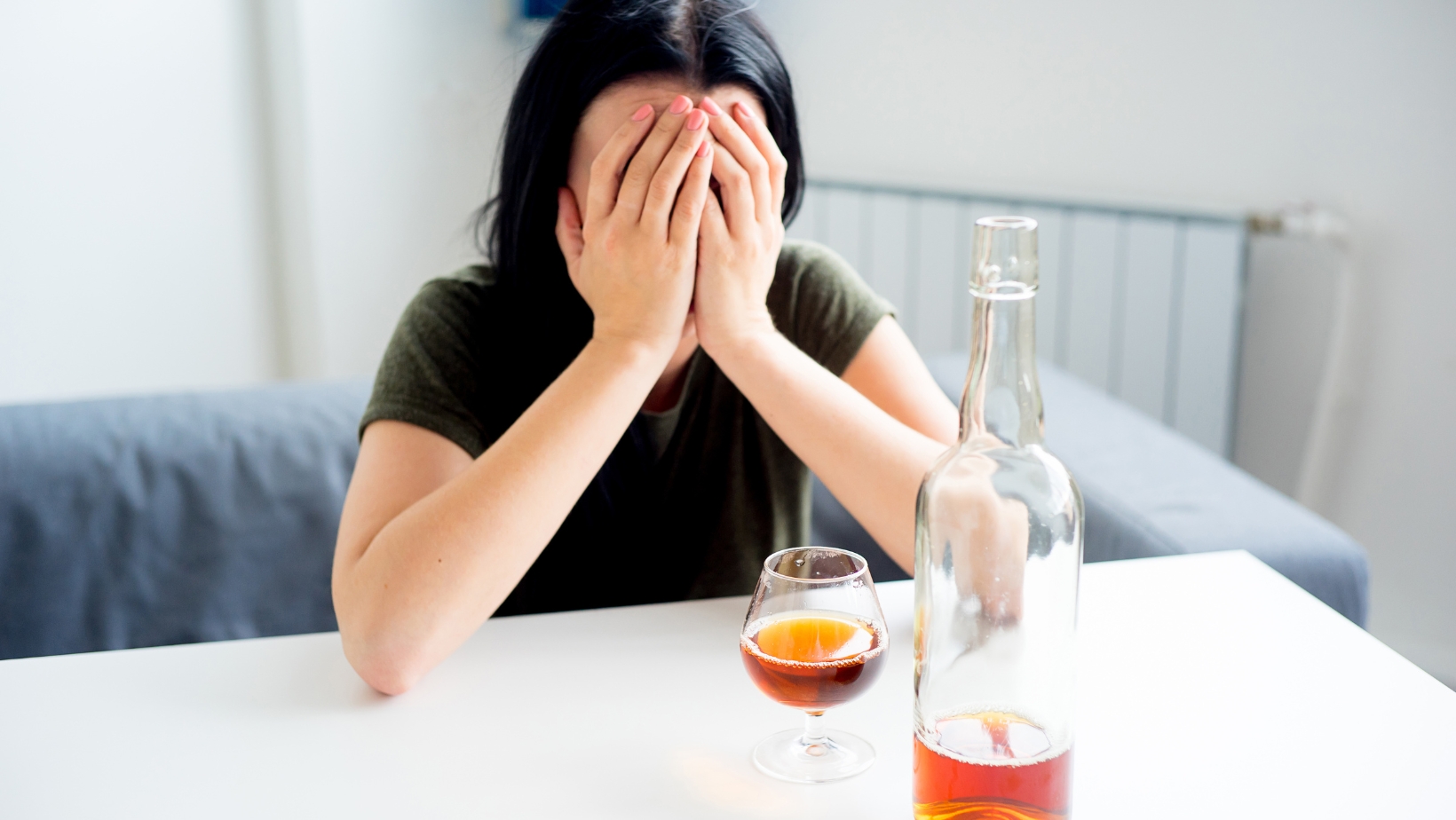Table of Contents
ToggleIntroduction
Addiction is a complex and challenging journey that affects people differently based on various factors. One significant factor that plays a unique role in women’s addiction patterns is hormones. Hormones are the body’s messengers, influencing physical and emotional processes. In this article, we will delve into how hormones impact women’s addiction patterns, explore the connection between hormonal fluctuations and substance use, and provide insights into the importance of addressing these factors in addiction treatment.
1. Understanding Hormones
The Body’s Chemical Messengers
Hormones are natural chemicals produced by the body’s endocrine system. They regulate various functions, including mood, stress response, and reproductive health. Key hormones relevant to women’s addiction patterns include estrogen and progesterone.
2. Menstrual Cycle Fluctuations
Monthly Hormonal Changes
The menstrual cycle involves fluctuations in estrogen and progesterone levels. These hormonal changes can influence mood and cravings, potentially affecting women’s vulnerability to addiction.
3. Estrogen and Mood
Estrogen’s Impact
Estrogen, a primary female sex hormone, has been linked to mood regulation. Its fluctuations throughout the menstrual cycle can contribute to mood swings, anxiety, and depression.
4. Cravings and Reward Pathway
Dopamine Release
Hormonal fluctuations can also influence the brain’s reward pathway.

Estrogen may affect dopamine release, which is associated with pleasure and cravings, potentially impacting substance use behavior.
5. Postpartum Period
Vulnerability After Birth
The postpartum period, marked by dramatic hormonal shifts, can be a vulnerable time for women in terms of addiction. Studies show that some women may turn to substances as a way to cope with postpartum mood disorders.
6. Perimenopause and Menopause
Hormonal Transitions
Perimenopause and menopause bring significant hormonal transitions. These changes can lead to mood disturbances and sleep disruptions, potentially affecting addiction vulnerability.
7. Dual Diagnosis
Co-Occurring Mental Health Disorders
The interaction between hormones and addiction can complicate matters further. Women with hormonal imbalances may be at a higher risk of co-occurring mental health disorders, requiring integrated treatment.
8. The Importance of Gender-Specific Care
Tailored Treatment
Recognizing the influence of hormones in women’s addiction patterns underscores the importance of gender-specific care in addiction treatment. Tailored programs consider hormonal fluctuations and their impact on cravings and emotional well-being.
9. Holistic Approaches
Addressing Hormonal Health
Holistic addiction treatment includes addressing hormonal health.

This may involve hormone stabilization strategies, such as lifestyle modifications, dietary changes, and mindfulness practices.
10. The Power of Support
Empowering Women
Women navigating addiction recovery benefit from support networks that understand the unique challenges they face. Peer support and group therapy can provide a sense of community and empowerment.
Hormones play a significant role in women’s addiction patterns, influencing mood, cravings, and vulnerability to substance use. Understanding this connection is crucial for providing effective addiction treatment.
Statistics indicate that gender-specific care is essential. According to the Substance Abuse and Mental Health Services Administration (SAMHSA), women often have unique treatment needs, and addressing these needs can enhance recovery outcomes.
If you or someone you know is a woman struggling with addiction, it’s important to seek gender-specific treatment that considers hormonal factors. By addressing the interplay between hormones and addiction, women can embark on a more supportive and successful journey to recovery.





